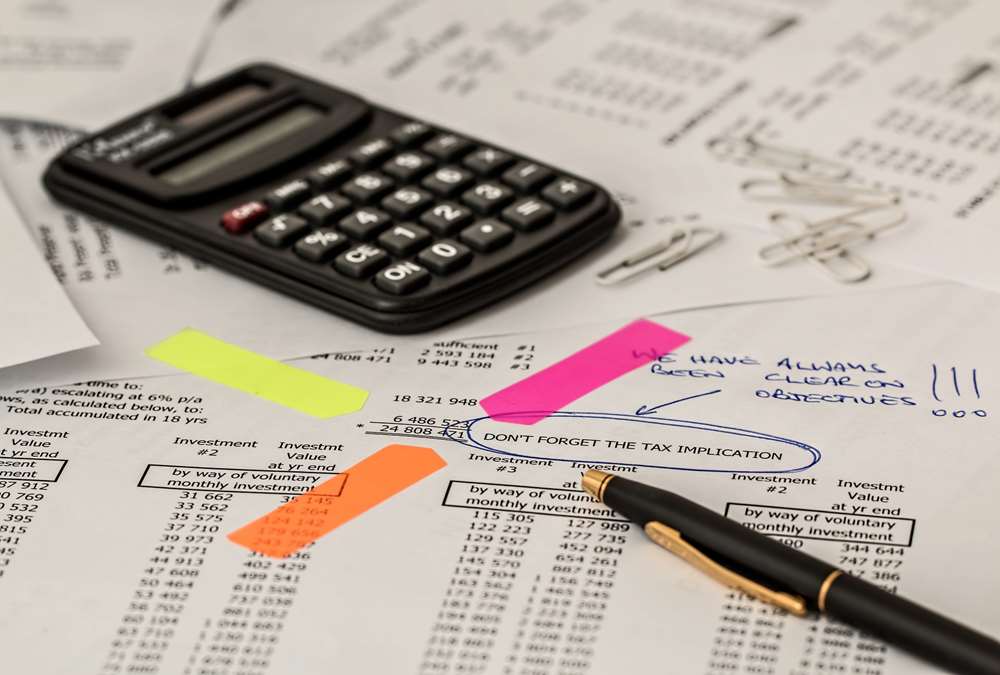- Home
- Business Processes
- Industry Knowledge
- Aerospace Industry
- Automotive Industry
- Banking Domain
- BFSI Industry
- Consumer/ FMCG Industry
- Chemicals Industry
- Engineering & Construction
- Energy Industry
- Education Domain
- Finance Domain
- Hospitality Domain
- Healthcare Industry
- Insurance Domain
- Retail Industry
- Travel and Tourism Domain
- Telecom Industry
- Leadership Skills
- eLearning
- Home
- Domain Knowledge
- General Ledger
- The Accounting Process
The Accounting Process
In this article we will focus on and understand the accounting process which enables the accounting system to provide the necessary information to business stakeholders. We will deep dive into each of the steps of accounting and will understand how to identify accounting transactions and the process for recording accounting information and transactions.
In this article, we will focus on and understand the accounting process which enables the accounting system to provide the necessary information to business stakeholders. We will deep dive into each of the steps of accounting and will understand how to identify accounting transactions and the process for recording accounting information and transactions.
Step 1: Identifying Business Stakeholders:
A business stakeholder is a person or entity having an interest in the economic performance of the business. These stakeholders normally include the owners, managers, employees, customers, creditors, and the government.
1. Owners of the Business:
The owners who have invested resources in the business clearly have an interest in how well the business performs. Most owners want to get the most economic value for their investments and they want to maximize the total economic worth of the business. This economic worth includes results of past profits and also reflects prospects for future profits.
2. Managers & the Management:
The managers are the individuals who have been authorized to operate the business on a day to day basis. They are responsible for various functions of the business as per the agreed roles and responsibilities between them and the owners. Managers are primarily evaluated on the economic performance of the business and therefore they also have an interest in maximizing the economic performance of the business.
3. Employees:
The employees provide services to the business in exchange for a paycheck. The employees have an interest in the economic performance of the business because their jobs depend upon it. The better is the economic performance of the business the more security and compensation it offers to the employees.
4. Customers:
The customers usually also have an interest in the continued success of a business. For example, if the company fails on economic performance it may not be able to fulfill its promised obligations making the customers suffer.
5. Creditors:
Like the owners, the creditors invest resources in the business by extending credit, such as a loan or supplying material on credit. They have an interest in how well the business performs because there recovery of credit/investment depends on the capability of the business generating enough cash to pay them back.
6. Governments:
Various governments and statutory bodies have an interest in the economic performance of businesses. Central and State governments collect taxes from businesses within their jurisdictions. Statutory bodies levy various taxes that are based on the economic performance of the business. The better a business does, the more taxes these bodies can collect.
Step 2: Understanding Accounting Needs:
The accounting process starts with the identification of its stakeholders. Discussion in the last paragraph will help you understand who could be a stakeholder for your business and identify the correct stakeholders. The next step in the accounting process is to assess the various information needs of those stakeholders and design the accounting system to meet those needs.
Step 3: Identifying Accounting Transactions:
The next step is to identify the events and activities that have an economic or monetary impact that is to identify accounting transactions. Every economic activity conducted within a business has a direct or indirect effect on the finances of the company. These economic transactions need to be recorded. The accounting process begins with identifying which transactions to record. For economic activity to be considered a transaction, it must be able to be expressed in monetary terms. Also, transactions must be related to the business – stakeholders' or owners' private expenses are never included with business transactions.
Step 4: Recording Transactions:
The next step in the accounting process is to record business activity by entering what accounts a transaction affects and how. Recording transactions includes documenting revenues (by invoices or sales receipts), and entering purchases (in the account payable account) and expenditures (in the check register). This step sometimes also involve high-level accounting tasks, such as recording sales orders, tracking prospective customers, and projecting sales opportunities and cash flow.
To record and classify a transaction to appropriate accounts, a proper understanding of the accounting equation is and accounting standards and practices is a must. Calculating and summarizing transactions in a traditional accounting system is a tedious process and automated accounting frees accountants from these repetitive tasks by calculating and summarizing hundreds or thousands of individual transactions and generating reports to satisfy a variety of stakeholders.
Step 5: Preparing Accounting Reports:
Finally, once the accounting system records the economic data about business activities and events, the next logical step is to prepare the business reports and provide them to the stakeholders according to their informational needs. The double-entry system enables accountants to prepare some standard reports like trial balance, profit, and loss account and balance sheet. Accounting reports are based on generally accepted accounting standards and these reports are powerful tools to help the business owner, accountant, banker, or investor analyze the results of their operations.
Stakeholders use accounting reports as a primary source of information on which they base their decisions. They use other information as well. For example, in deciding whether to extend credit to a company, a banker might use economic forecasts to assess the future demand for the company’s products. The banker might inquire about the ability and reputation of the managers of the business.
Related Links
You May Also Like
-
GL - Understanding Chart of Accounts
A chart of accounts (COA) is a list of the accounts used by a business entity to record and categorize financial transactions. COA has transitioned from the legacy accounts, capturing just the natural account, to modern-day multidimensional COA structures capturing all accounting dimensions pertaining to underlying data enabling a granular level of reporting. Learn more about the role of COA in modern accounting systems.
-
Prepayments and Prepaid Expenses
Prepayments are the payment of a bill, operating expense, or non-operating expense that settle an account before it becomes due. Learn the concept of prepaid expenses. Understand the accounting treatment for prepaid expenses. Understand the concept by looking at some practical examples and finally learn the adjusting entry for these expenses.
-
Operational Structures in Business
Large organizations grow through subsidiaries, joint ventures, multiple divisions and departments along with mergers and acquisitions. Leaders of these organizations typically want to analyze the business based on operational structures such as industries, functions, consumers, or product lines.
-
In this article, we will describe how to determine if an account needs adjustment entries due to the application of the matching concept. Learners will get a thorough understanding of the adjustment process and the nature of the adjustment entries. We will discuss the four types of adjustments resulting from unearned revenue, prepaid expenses, accrued expenses, and accrued revenue.
-
Trial Balance in General Ledger
One of the greatest benefits of using a double-entry accounting system is the capability to generate a trial balance. What do we mean by trial balance? As the name suggests a trial balance is a report that must have its debits equals to credits. Understand the importance of trial balance and why it is balanced. Learn how it is prepared and in which format.
-
Network Organizational Structures
The newest, and most divergent, team structure is commonly known as a Network Structure (also called "lean" structure) has central, core functions that operate the strategic business. It outsources or subcontracts non-core functions. When an organization needs to control other organizations or agencies whose participation is essential to the success, a network structure is organized.
-
Multitude of these legal and operational structures clubbed with accounting and reporting needs give rise to many reporting dimensions at which the organization may want to track or report its operational metrics and financial results. This is where business dimensions play a vital role.
-
Internally, an organization can be structured in many different ways, depending on their objectives. The internal structure of an organization will determine the modes in which it operates and performs. Organizational structure allows the expressed allocation of responsibilities for different functions and processes to different entities such as the branch, department, workgroup and individual.
-
A legal entity is an artificial person having separate legal standing in the eyes of law. A Legal entity represents a legal company for which you prepare fiscal or tax reports. A legal entity is any company or organization that has legal rights and responsibilities, including tax filings.
-
What is a Business Eco System?
The goal of a business is to generate capital appreciation and profits for its owners or stakeholders by engaging in provision of goods and services to customers within the eco system/framework governed by respective laws(local/international). The eco system involves various entities that the business works with for delivery of a product or service.
Explore Our Free Training Articles or
Sign Up to Start With Our eLearning Courses

About Us
Learning
© 2023 TechnoFunc, All Rights Reserved










